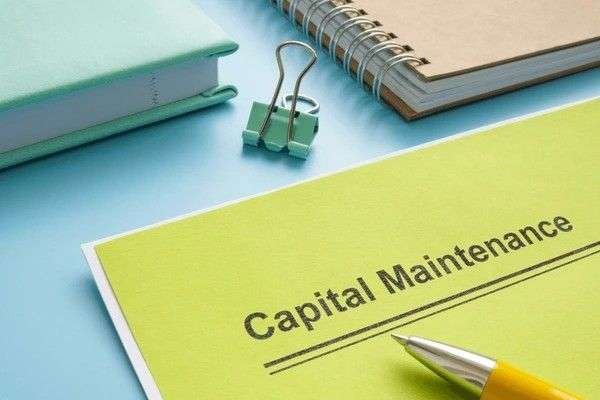The Capital Maintenance Concept in accounting refers to the principle that a business entity should preserve the real value or purchasing power of its capital base over time. It revolves around ensuring that the financial resources invested in a business, represented by its capital, are not eroded by inflation or other economic factors. This concept guides how companies account for changes in the value of assets and liabilities, aiming to maintain the initial investment or capital in real terms.
Table of Contents
Key Aspects of the Capital Maintenance Concept
1. Types of Capital Maintenance
There are two main approaches to applying the capital maintenance concept:
a. Financial Capital Maintenance
- Nominal Maintenance: Focuses on maintaining the nominal or monetary value of capital. This approach is based on ensuring that the financial amount of invested capital remains intact without considering changes in the purchasing power due to inflation.
- Historical Cost Principle: Under this method, assets are recorded at their original purchase price (historical cost) and not adjusted for changes in market values unless there is an impairment.
b. Physical Capital Maintenance
- Maintaining Operating Capacity: Emphasizes maintaining the operating capability of a business in terms of physical productive capacity. It focuses on preserving the physical units of assets needed to produce goods or services, regardless of changes in their monetary values.
2. Importance of the Capital Maintenance Concept
a. Preserving Value
- Inflation Protection: Helps businesses protect their capital against inflationary pressures by ensuring that the purchasing power of invested funds is maintained over time.
- Financial Stability: Provides stakeholders, such as investors and creditors, with assurance that the capital invested in the business retains its value, enhancing confidence and trust in financial reporting.
b. Accounting Standards
- International Financial Reporting Standards (IFRS): Require companies to apply either the financial capital maintenance concept or the physical capital maintenance concept in preparing their financial statements.
- Generally Accepted Accounting Principles (GAAP): In some jurisdictions, GAAP may also mandate specific approaches to capital maintenance, influencing how companies report their financial performance and position.
3. Examples of Capital Maintenance Concept
a. Financial Capital Maintenance Example
Imagine a company that purchased a piece of machinery for $100,000 several years ago. According to the financial capital maintenance concept (nominal maintenance), the machinery would still be recorded on the balance sheet at its historical cost of $100,000. Even if the market value of similar machinery has increased due to inflation, the company would not adjust the asset value upwards unless there is an impairment.
b. Physical Capital Maintenance Example
Consider a manufacturing company that owns a factory building. Under the physical capital maintenance concept, the company would focus on maintaining the operational capacity of the building. This means ensuring that the building is maintained in good condition to support ongoing production activities, regardless of changes in its market value.
4. Challenges and Considerations
a. Inflation and Currency Fluctuations
- Impact on Financial Reporting: Inflation can erode the purchasing power of capital if not accounted for properly, affecting financial ratios and performance metrics.
- Currency Effects: Companies operating internationally may face challenges in maintaining capital values across different currencies, requiring careful hedging and reporting practices.
5. Conclusion
The Capital Maintenance Concept is a fundamental principle in accounting that guides how businesses measure and report the value of their capital investments over time. By focusing on preserving the real value of capital in financial and physical terms, companies can enhance transparency, reliability, and comparability in financial reporting. Understanding the application of this concept helps stakeholders make informed decisions and assess the long-term sustainability and performance of businesses in dynamic economic environments.





